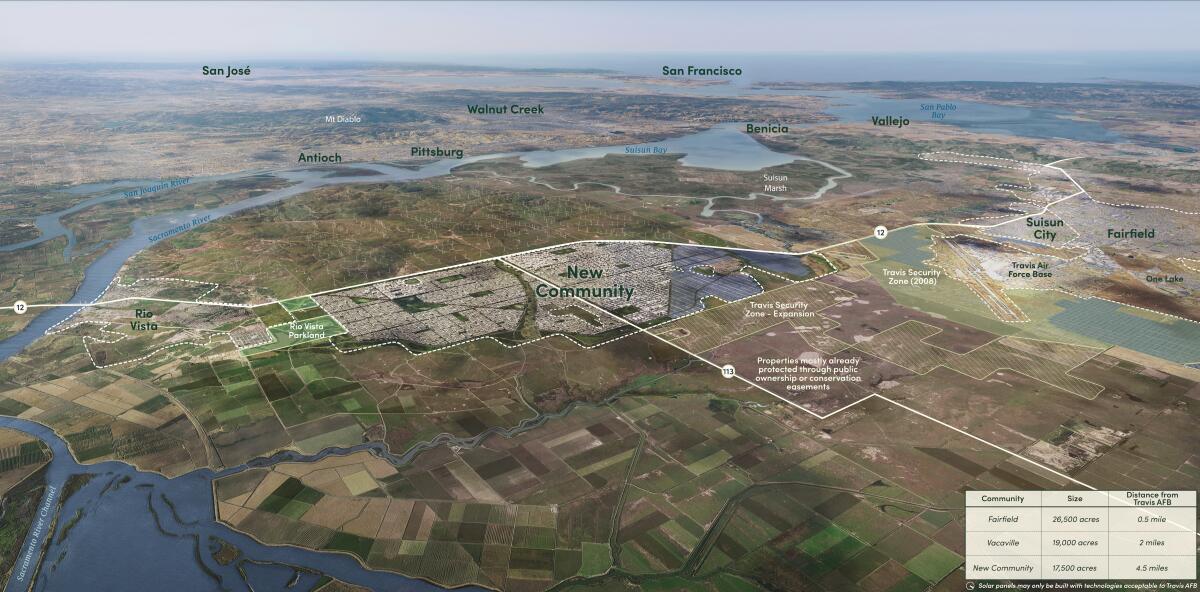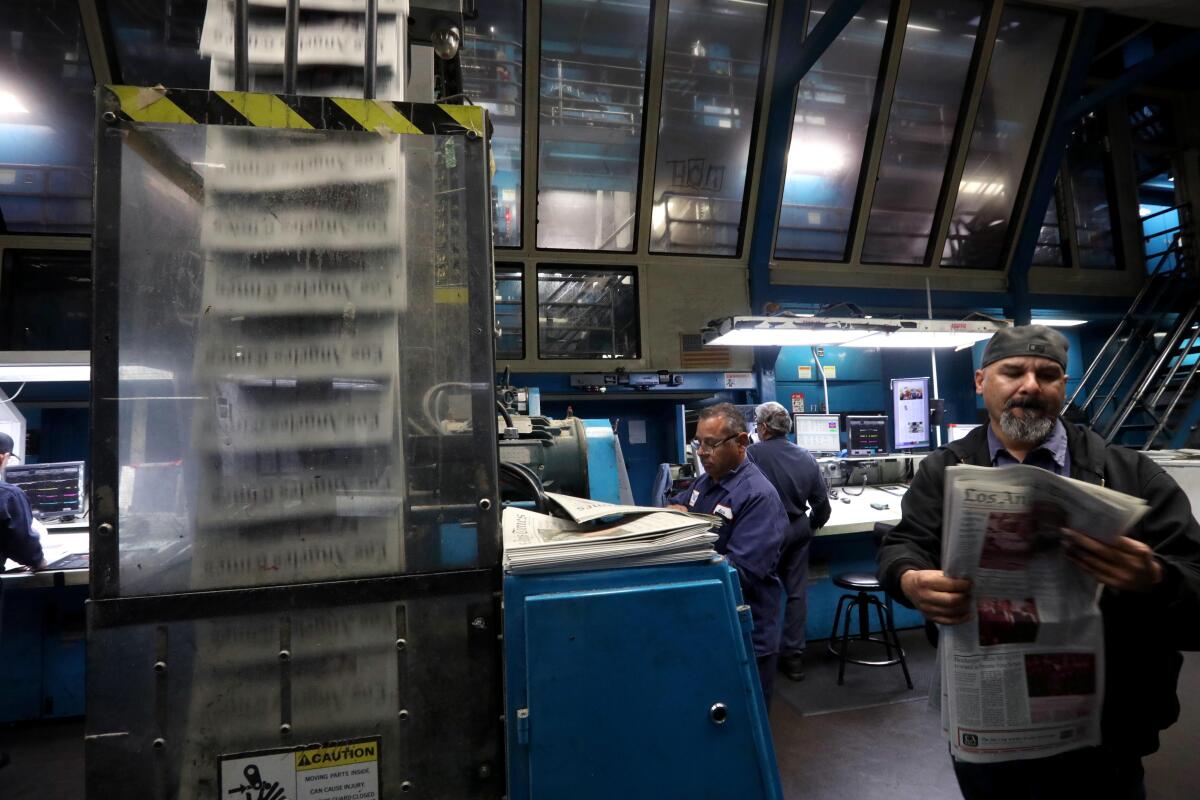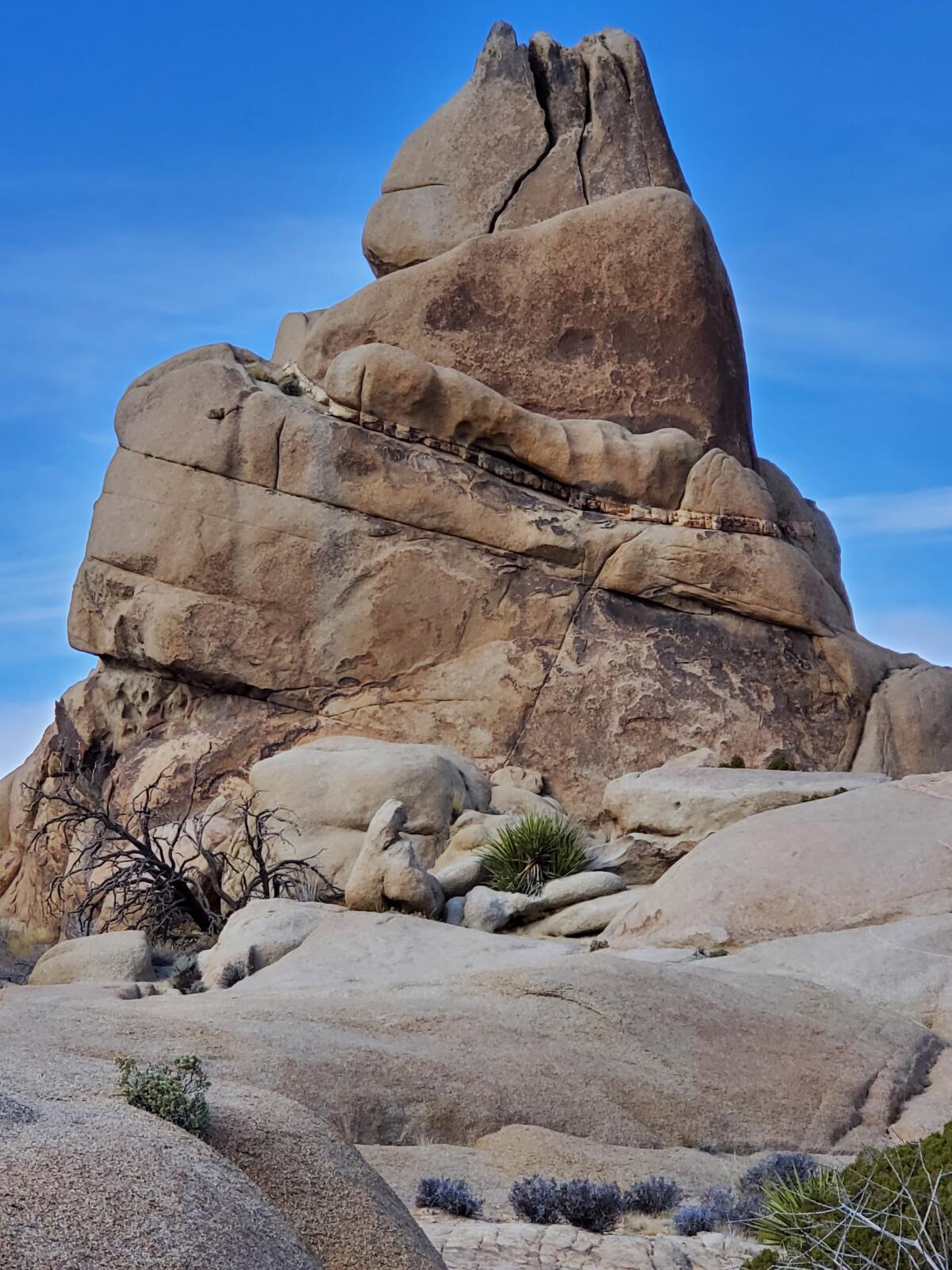Plans for a new Bay Area city take shape. Will Solano County voters buy in?

Good morning. It’s Monday, March 11. Here’s what you need to know to start your day.
- A wealthy development group is making a lot of promises about their planned utopia. But it’s up to Solano County voters.
- The 2024 Oscars happened, despite a delay after demonstrators marched in Hollywood, calling for a cease-fire in the Israel-Hamas war.
- It’s the end of an era for The Times as the presses stopped at the Olympic printing plant — and the paper gets printed in Riverside instead.
- And here’s today’s e-newspaper.
Sign up for Essential California
The most important California stories and recommendations in your inbox every morning.
You may occasionally receive promotional content from the Los Angeles Times.
Plans for a new Bay Area city take shape. Will Solano County voters be convinced?
Remember that plan to build a futuristic utopia in rural Solano County?
If not, here’s a quick refresher: Starting in 2018, a mysterious company began buying up land in the Bay Area county, eventually amassing more than 52,000 acres around Travis Air Force Base, the city of Rio Vista and throughout the rural region north of the Sacramento River.
In the absence of clear motives, suspicion took hold. Among the speculations was concern that Chinese-backed investors were behind the land buys to keep tabs on Travis Air Force Base, the busiest such base in the country.
Local, state and federal officials were stumped. It was the New York Times that solved the mystery. The land was bought by a group of investors with deep ties to Silicon Valley. The company is led by Jan Sramek, a former Goldman Sachs trader, with wealthy investors including Emerson Collective founder Laurene Powell Jobs, LinkedIn co-founder Reid Hoffman, Stripe co-founders Patrick and John Collison and venture capitalist Marc Andreessen.
Their motive: to build a whole new California city fueled by clean energy and filled with affordable housing and good-paying jobs.
Following that reporting, the secretive group switched gears, rebranding its effort as California Forever. The initial plan was vague, and early renderings of this new utopia appeared to have been hastily created with AI. But the group’s plan was real, and members began pitching it to Solano County residents, hoping to gather the 13,000 valid signatures needed to get a ballot measure before local voters in November. Residents would have to approve changing local zoning rules to approve the massive project.
That measure, dubbed the East Solano Homes, Jobs, and Clean Energy Initiative, would codify a lot of promises, including:
- Creating at least 15,000 jobs “in which workers earn at least the annualized equivalent of 125% of the average weekly wage in Solano County.”
- Giving $400 million to Solano County residents for home down payments and to create affordable housing.
- Creating a “Travis Security Zone” around the air force base where new residential and commercial development is prohibited.
- Setting aside more than 700 acres as the Rio Vista Parkland, a “shared open space resource with parks, sports facilities, and bike paths” for the new city and neighboring Rio Vista.
The prospective developers also note plans for boosting solar energy generation, improving “safety and capacity” on local highways (a.k.a. widening those roadways) and building neighborhoods that “embrace slow, human-centered space” over space for cars.
California Forever’s architects are hoping local voters will buy into the plan after years of secrecy and controversial land-buy tactics that turned off some residents and elected leaders.
Reps. John Garamendi (D-Walnut Grove) and Mike Thompson (D-St. Helena) each represent districts that would include this new development. Both have raised concerns about the effects on Travis Air Force Base and county residents. More recently, they’ve warned that approving the measure could leave the county government with limited oversight of any future development.
The group shared a new ad for its proposal last week, along with an aerial concept map of how the new city might fill those tens of thousands of acres the group owns.
The developers’ vision is less vague than the plan revealed in the summer, but the path from concept to actual community is far from guaranteed.
“The campaign faces opposition from the Solano County chapter of the Sierra Club, which said housing should not be built on agricultural land,” Times investigative reporter Melody Gutierrez wrote last week. “If the ballot measure is approved by voters, other government approvals would then be required. Environmental groups have signaled lawsuits are possible, which could tie up the matter in court.”
Today’s top stories

Oscars coverage
- In case you missed the show, here’s a list of all the winners.
- The Los Angeles Times was among those winners, awarded its first Oscar for ‘The Last Repair Shop,’ about the Los Angeles Unified School District’s music program.
- Review: An upbeat Oscars, on the edge of good taste and not entirely divorced from reality.
- All the best and worst moments of the 2024 Oscars, as they happened.
- The top 5 takeaways from the 2024 Oscars, according to those who were there.
- A school bus, donated dresses, Alicia Keys’ hairstylist: Two LAUSD students go to the Oscars.
- Here are all the looks from the 2024 Oscars red carpet.
Health and environment
- More parents are delaying their kids’ vaccines, and it’s alarming pediatricians.
- Calls are growing to shut down Chiquita Canyon Landfill. But experts say that closing the facility won’t solve the problem.
- Is Joshua Tree’s famed three-legged coyote being loved to death? Times environment reporter Alex Wigglesworth unpacks the legend of Tripod.
More big stories
- Roughly 1,000 demonstrators rallied in Hollywood ahead of the Oscar ceremony, calling for a cease-fire in Gaza.
- The USC women’s basketball team stunned top-seeded Stanford to win the Pac-12 tournament title.
- Here’s one rare thing Republicans and Democrats agree on: California races are a key strategy to winning control of the U.S. House of Representatives in November.
- In Kern County, an abandoned church gets a second life as housing for former foster youths.
- A California bill banning medical debt from credit reports gets a boost from California Atty. Gen. Rob Bonta.
- The AP retracts Kate Middleton photo ‘because it appeared to be manipulated.’
Get unlimited access to the Los Angeles Times. Subscribe here.
Commentary and opinions
- Robin Abcarian: Chill out, my fellow Americans. Your president isn’t cognitively impaired.
- Erika D. Smith: California isn’t sending a Black woman to the Senate. But Barbara Lee won anyway.
- Steve Lopez: Cereal for dinner? It’s one way to beat supermarket inflation.
- Ieva Jusionyte: This is the border crisis factor no one talks about: American guns.
- Jackie Calmes: Unhappy with the Supreme Court? Your vote for president could make it worse.
- Doyle McManus: Biden says America is ‘coming back.’ Trump says we’re ‘in hell.’ Are they talking about the same nation?
- George Skelton: You can relax Gavin: Biden showed he’s not a doddering old man.
Today’s great reads

Storied presses print L.A. Times for the last time as production moves to Riverside.
Sunday marked the last night the newspaper rolled out of the longtime Olympic printing plant, with production moving to Riverside starting today. Times staff writer Thomas Curwen chronicled the history of the facility, which he called “a time capsule enshrining a 19th century product manufactured with 20th century technology and poised for 21st century obsolescence.”
Other great reads
- Gen Z’s weekend plans? Wait an hour for a $6 matcha in your most expensive hoodie.
- Korean merchants have kept the Slauson swap meet alive for 40 years. Their final chapter is near.
How can we make this newsletter more useful? Send comments to essentialcalifornia@latimes.com.
For your downtime

Staying in
- 📖 Book review: Russell Banks found the elusive heart of Trumpism in a fictional New York town.
- 🧑🍳 Here’s a recipe for kai jiew (Thai-style omelet).
- ✏️ Get our free daily crossword puzzle, sudoku, word search and arcade games.
And finally ... a great photo
Show us your favorite place in California! We’re running low on submissions. Send us photos that scream California and we may feature them in an edition of Essential California.

Today’s great photo is from Miya Cohen-Sieg of Seattle: the rock-rich views in Joshua Tree.
Miya writes: “I love the Split Rock trail in Joshua Tree. It’s representative of the diversity of the desert. It not only has a lot of interesting rock formations (some humorous, some beautiful, some slightly naughty), but the vegetation is quite varied including cactus, pine trees, oak, juniper.”
Have a great day, from the Essential California team
Ryan Fonseca, reporter
Amy Hubbard, deputy editor, Fast Break
Check our top stories, topics and the latest articles on latimes.com.
Sign up for Essential California
The most important California stories and recommendations in your inbox every morning.
You may occasionally receive promotional content from the Los Angeles Times.




